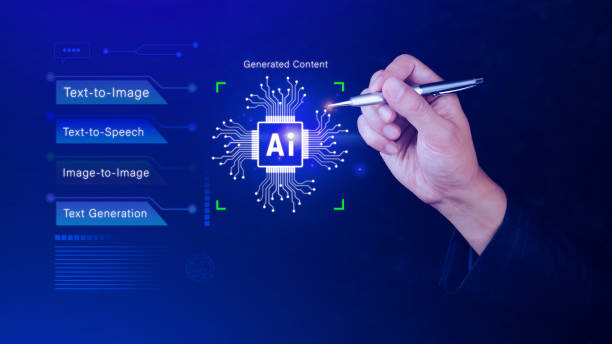What is On-Page SEO and Why Does it Matter?
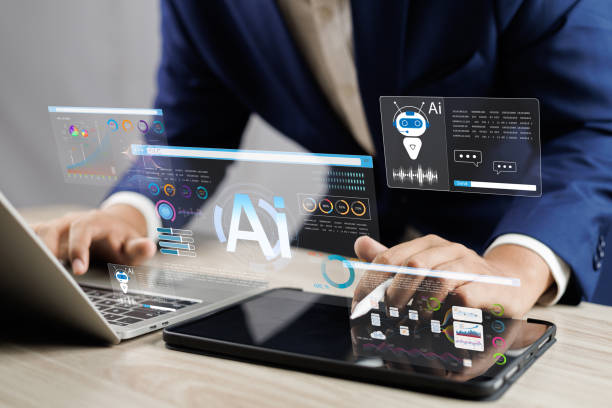
On-Page SEO refers to the set of actions you take within your website to improve your site’s ranking in search engines like Google.
These actions include optimizing content, site structure, HTML tags, and other internal elements of the site.
The importance of On-Page SEO stems from the fact that search engines pay special attention to the content inside the site to understand the topic and quality of web pages.
By doing On-Page SEO correctly, you can help search engines better understand your site, and as a result, your site’s ranking in search results will increase.
For example, using keywords related to your business in the content, creating a logical structure for the site, and optimizing title tags and meta descriptions are all important actions in On-Page SEO.
More information about SEO.
In today’s world, competition in the online space is very intense, and On-Page SEO is one of the main tools for getting ahead of the competition.
A strong On-Page SEO strategy can help you attract more organic traffic to your site, and as a result, increase your sales and profits.
Keep in mind that #SEO is an ongoing process and requires patience and follow-up.
However, by taking the right actions and continuously updating your SEO strategy, you can achieve significant results.
On-Page SEO is a vital aspect of getting your website seen in search engines.
Optimizing content and internal elements of the website helps improve ranking and attract targeted traffic.
Are you unhappy with the low conversion rate of visitors to customers on your online store?
Solve this problem forever with professional online store design by Rasaweb!
✅ Increase visitor-to-customer conversion rates
✅ Create an excellent user experience and build customer trust
⚡ Get free consultation
Keyword Research – The Cornerstone of On-Page SEO
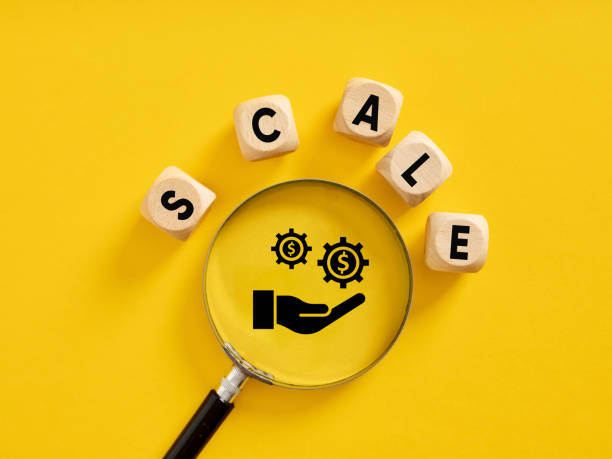
Keyword research is the first and most important step in On-Page SEO.
In this step, you need to identify the words and phrases that users use to search for your products and services on Google.
For this, you can use various tools such as Ahrefs, Moz Keyword Explorer, and Ubersuggest.
These tools help you get search volume, competition, and other information about different keywords.
After identifying related keywords, you should prioritize them based on their importance and relevance to your business.
Try to include a combination of Head Keywords and Long-Tail Keywords in your SEO strategy.
Head Keywords have a higher search volume, but competition is also higher.
In contrast, Long-Tail Keywords have a lower search volume, but competition is also lower, and they can attract much more targeted traffic to your site.
Remember that using too many keywords (Keyword Stuffing) is not only not helpful, but can also damage your site’s ranking.
On-Page SEO requires a natural and intelligent approach.
Keyword research helps you create content that precisely meets the needs of users, and as a result, the likelihood of your site being seen in search results increases.
This process should be done continuously so that your SEO strategy is always up-to-date with changes in user behavior and new trends.
Content Optimization – The Heartbeat of On-Page SEO
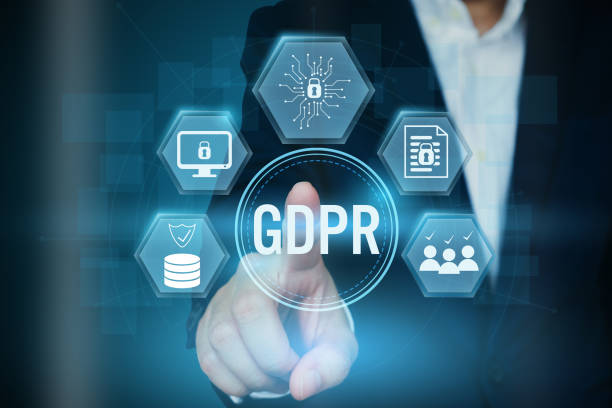
Content is king! This phrase is very famous in the world of SEO, and the reason is quite clear.
Search engines are looking for high-quality, valuable, and relevant content to the needs of users.
Therefore, to succeed in On-Page SEO, you need to create content that is both attractive to users and understandable and optimized for search engines.
To optimize content, you need to pay attention to a few key points. First, your content must be unique and original.
Copying other people’s content is not only unethical, but it can also seriously damage your site’s ranking.
Second, your content must be relevant to your target keywords.
Try to use keywords naturally and in your text.
Third, your content should be readable and attractive to users.
Use short paragraphs, headings and subheadings, images, and videos to make your content more engaging.
Finally, your content should be up-to-date and fresh.
Search engines value sites that produce new and up-to-date content more.
Therefore, try to regularly update your site’s content and add new information to it.
Remember that On-Page SEO is a continuous process and better results can be achieved by optimizing content.
| Element | Description |
|---|---|
| Page Title (Title Tag) | The title that appears in the browser tab and search results. It should be attractive and related to the keyword. |
| Meta Description | A brief description of the page’s content that appears below the title in search results. It should be persuasive and contain the keyword. |
| Heading Tags | H1 to H6 tags are used to organize content and specify titles and subheadings. |
| Image Alt Text (Alt Text) | A brief description of the image that appears if the image fails to load and helps search engines understand the image. |
URL Structure – Creating Optimized and User-Friendly Addresses
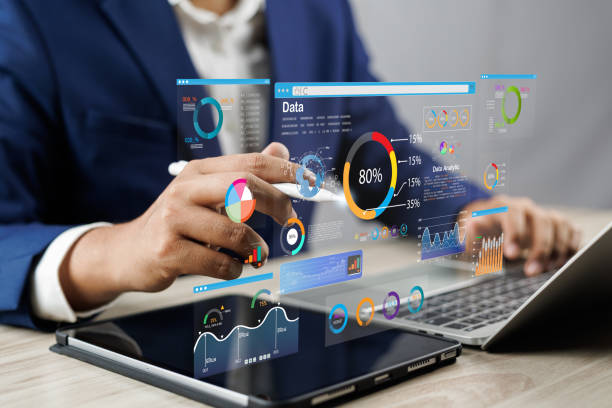
Your site’s URL structure plays an important role in On-Page SEO.
Optimized URLs are understandable and attractive to both search engines and users.
A good URL should be short, relevant to the page’s content, and include the main keyword.
To create optimized URLs, avoid using special characters, numbers, and uppercase letters.
Try to keep URLs as short and simple as possible.
Also, avoid using unrelated keywords in your URL.
For example, if your page is about “SEO training,” a suitable URL would be “example.com/seo-training.”
In addition, the overall structure of your site’s URLs should be logical and organized.
Try to create specific categories for your pages and organize the URLs based on these categories.
This helps search engines better understand your site’s structure and properly index your pages.
Optimizing the URL structure is one of the most important aspects of On-Page SEO.
Did you know that 85% of customers check your company’s website before any interaction?
With Rasaweb, build a corporate website that deserves your credibility.
✅ Increase customer credibility and trust
✅ Attract high-quality leads
⚡ Get a free website design consultation
Image Optimization – Increasing Site Speed and Improving User Experience

Images play an important role in your site’s appeal and user-friendliness.
However, if the images are not properly optimized, they can slow down the site and worsen the user experience.
To optimize images, you need to pay attention to a few key points. First, reduce the size of the images as much as possible.
You can use various tools such as TinyPNG and ImageOptim to compress images.
Second, use appropriate formats for images.
JPEG format is suitable for images with many colors, and PNG format is suitable for images with text and graphics.
Third, use the Alt tag to describe images.
The Alt tag helps search engines understand images and display them in search results.
Image optimization is very important to improve On-Page SEO.
By reducing the size of images, your site speed increases and the user experience improves.
Also, by using the Alt tag, you help search engines better understand your images and display them in search results.
Site loading speed is one of the important factors in Google ranking, so image optimization is also important in this regard.
Remember that On-Page SEO is not only limited to content and includes optimizing all elements of the site.
Internal Linking – Creating a Network of Internal Connections on the Site
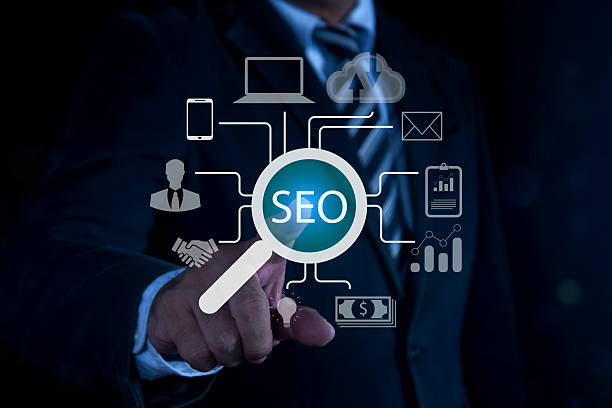
Internal linking refers to the process of creating links between different pages of your site.
This helps search engines better understand your site’s structure and properly index your pages.
Also, internal linking can help users easily navigate your site and find the content they are looking for.
For internal linking, try to link to pages that are related to each other.
For example, if you are talking about “On-Page SEO” on a page, you can link to pages that are about “Keyword Research” or “Content Optimization.”
Also, use the appropriate Anchor Text for linking.
The anchor text should be relevant to the destination page and include the main keyword.
Creating a strong network of internal links helps improve On-Page SEO and causes your site’s ranking in search results to increase.
Internal linking helps users stay on your site longer, which is very beneficial for SEO.
On-Page SEO includes paying attention to all the details of the site to improve its ranking.
Responsive Optimization – Providing an Excellent User Experience on All Devices

In today’s world, many users access the internet through mobile phones and tablets.
Therefore, it is very important that your site is optimized for display on all devices.
Responsive optimization means that your site automatically adjusts to the user’s device screen size and provides an excellent user experience.
To optimize responsively, you can use CSS frameworks like Bootstrap and Tailwind CSS.
These frameworks help you easily optimize your site for display on all devices.
Also, you can use responsive tests to make sure your site is displayed correctly on all devices.
Responsive optimization is an important factor in Google ranking.
Google values sites that provide an excellent user experience more.
So make sure your site is responsive.
Improving user experience is one of the main aspects of On-Page SEO.
| Factor | Importance |
|---|---|
| Page Loading Speed | Very Important |
| Mobile-Friendly Design | Very Important |
| Site Security (HTTPS) | Very Important |
| Optimized URL Structure | Important |
| Internal Linking | Important |
Site Speed – Optimizing for Fast Loading

Site speed is an important factor in Google ranking and user experience.
Users expect your site pages to load in less than a few seconds.
If your site is slow, users will quickly leave your site, which can harm your site’s ranking.
To increase site speed, you can use various methods.
For example, you can reduce the size of images, use a CDN, enable site caching, and optimize site code.
Also, you can use site speed testing tools like Google PageSpeed Insights and GTmetrix to identify your site’s speed issues.
Improving site speed is a key aspect of On-Page SEO.
By optimizing site speed, you can improve the user experience and increase your site’s ranking in search results.
On-Page SEO means creating the best possible user experience.
Are you tired of your online store not being able to generate as much revenue as its potential? Rasaweb, a specialist in professional online store design, solves this problem forever!
✅ Increase sales and revenue rates
✅ High loading speed and unique user experience
⚡ Get a free online store design consultation
Schema Markup – Helping Search Engines Better Understand Content

Schema Markup is a special code that you can add to your site’s pages to help search engines better understand the content of your pages.
Schema Markup gives search engines more information about the type of content, the topic of the content, and other relevant information.
This can help improve your site’s ranking in search results.
There are different types of Schema Markup that you can use.
For example, you can use Schema Markup to specify the type of product, event, article, recipe, and other types of content.
To create Schema Markup, you can use various tools such as Schema Markup Generator.
Using Schema Markup is an advanced On-Page SEO method that can help improve your site’s ranking in search results.
Schema Markup helps search engines better understand your site’s content and, as a result, rank your site better.
On-Page SEO includes using all available tools to improve site ranking.
Monitoring and Analysis – Continuously Evaluating and Improving the On-Page SEO Strategy

SEO is an ongoing process and requires monitoring and analysis.
After taking On-Page SEO actions, you should regularly check your site’s performance and analyze the results.
This helps you identify the strengths and weaknesses of your SEO strategy and make the necessary changes if needed.
To monitor and analyze site performance, you can use various tools such as Google Analytics and Google Search Console.
These tools give you accurate information about site traffic, keyword ranking, site errors, and other related information.
Using this information, you can continuously improve your On-Page SEO strategy.
Monitoring and analysis is the last but most important step in On-Page SEO.
Without monitoring and analysis, you cannot be sure that your SEO strategy is effective and make the necessary changes if needed.
Remember that On-Page SEO is a dynamic process and requires continuous improvement.
On-Page SEO is a long-term investment that requires patience and perseverance.
Frequently Asked Questions
| Question | Answer |
|---|---|
| What is On-page SEO? | On-page SEO refers to the set of actions taken within your website to improve its ranking in search engine results. This includes optimizing content, site structure, and HTML code. |
| Why is On-page SEO important? | On-page SEO helps search engines understand the content of your page and determine whether your content is relevant to searchers. It is the foundation of any successful SEO strategy. |
| What are the key elements of On-page SEO? | Page Title (Title Tag), Meta Description, Keyword Usage, Image Optimization, Heading Structure (H1, H2, …), Internal Linking, and Content Quality are key elements. |
| How do we optimize the Page Title (Title Tag)? | The page title should include the main keyword, be attractive and enticing to click on, and its length should be between 50 and 60 characters (or suitable pixels) so that it is fully displayed in search results. |
| What role does Meta Description play in On-page SEO? | The meta description is a summary of the page’s content that is displayed below the title in search results. Although it does not directly affect ranking, it helps SEO by increasing click-through rate (CTR). |
| What is the importance of using a heading structure (H1, H2, H3) in On-page SEO? | Headings structure the content of the page and make it easier to read. H1 is usually the main title of the page and should include the keyword. H2 and H3 are used to organize subsections and help search engines understand the hierarchy of content. |
| How do we use keywords effectively in content? | Keywords should be used naturally and logically throughout the content, including the introduction, body and conclusion. Avoid over-filling keywords (Keyword Stuffing). |
| What steps does image optimization for On-page SEO involve? | It includes compressing images to reduce volume, using descriptive file names, adding appropriate alternative text (Alt Text), and optimizing the image title and description. Alt Text is critical for accessibility and helping search engines understand the content of the image. |
| What is Internal Linking and what are its benefits? | Internal linking means creating links from one page on your website to another page on the same website. This helps users easily navigate your site, distributes page authority throughout the site, and helps search engines better understand your site’s structure. |
| What is the importance of content quality in On-page SEO? | High-quality content that is accurate, comprehensive and valuable to users is the foundation of On-page SEO. Search engines prefer content that meets the needs of users. High-quality content leads to longer user dwell time and lower bounce rate, which are positive SEO signals. |
And other services of Rasa Web advertising agency in the field of advertising
Smart Brand Identity: Transform campaign management by helping to customize the user experience.
Smart Digital Branding: A combination of creativity and technology for campaign management by designing an attractive user interface.
Smart Google Ads: Designed for businesses looking to analyze customer behavior through marketing automation.
Smart Brand Identity: A new service to increase click-through rate through accurate audience targeting.
Smart Content Strategy: A new service to increase online growth through accurate audience targeting.
And more than hundreds of other services in the field of internet advertising, advertising consulting and organizational solutions
Internet advertising | Advertising strategy | Advertorial
Resources
On-Page Optimization in Moz
,On-Page SEO: Ahrefs Complete Guide
,On-Page SEO: Semrush Guide
,On-Page SEO Guide in Search Engine Land
? To promote your business in the digital space and reach the peaks of success, experience dedicated website design and comprehensive digital marketing services with Rasaweb Afarin.
📍 Tehran, Mirdamad Street, next to the Central Bank, South Kazerun Alley, Ramin Alley No. 6


